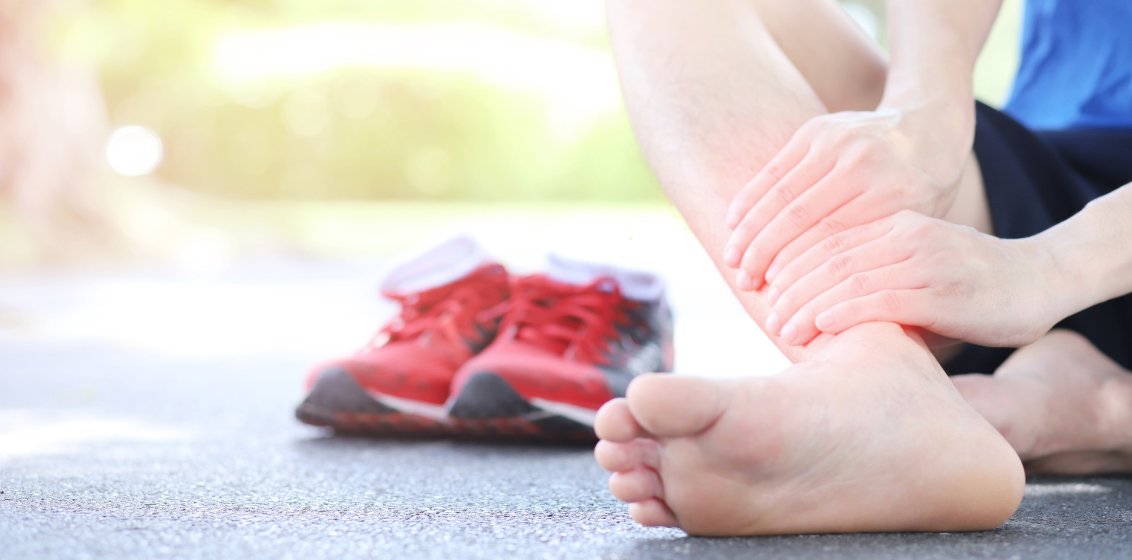Shin Splints: How to avoid the pre-season curse

It’s February and we’ve all started and hopefully stuck to our New Year’s resolutions and pre-season fitness training for footy, netball or soccer is ramping up. It’s about this time that the dreaded shin splints start rearing their ugly head. So, we thought we’d help you out by telling you what they are, why they happen and how you can try and prevent them.
What are shin splints?
I did my master’s degree looking into shin splints in the late 90’s. Back then, there was a lot we didn’t know, and I have to say, nothing much has changed.
Shin splints, or Medial Tibial Stress Syndrome, is a painful condition of the inside of the shin usually in the lower third of the leg. It’s aggravated by running and high impact exercise. The best evidence suggests it is actually a bone overload injury, with signs of micro-damage inside the tibia bone. This theory suggests that shin splints is an early sign of a developing stress fracture. There’s also a suggestion that the strong soleus (deep calf) muscle can cause pain by pulling the lining of the bone away.
What causes it?
Decades of research have looked at biomechanics and shin splints. There’s weak evidence that certain foot types or flexibility issues can maybe be part of the problem, but the overwhelming issue is changing your training load too quickly. New exercise regimes after a big Christmas, huge running loads in pre-season training or starting a “challenge” at the gym are all examples where we see this happening every year
How can we fix shin splints?
Charles Milgrom is a Dr who researched bone overuse injuries in the military for decades. His career’s work was summarised in a review paper where the two most effective treatments they found over 20+ years were reducing pack march distances and mandatory minimum sleep hours. Reducing load and increasing recovery. Simple right!! These are the basics of programming that we’ll usually talk through with you.
We’ll also look closely at the way you move, how you run. We’ll check flexibility and strength and then correct any of the major issues we find. Commonly we’ll be looking at ankle mobility and bullet-proofing your calf and shin muscles with strengthening work while your pain is settling down.
What can you do to prevent shin splints?
Simple hacks include;
- Train consistently and not making huge changes in running time or intensity
- Having a rest day between heavy run days
- Taking steps to increase recovery when increasing training
- Trying some barefoot run drills on grass (10 x 40 metre run throughs at aerobic pace)
- Single leg calf raise endurance work
- Getting your feet and shoes checked to see if they’re a good match
- Not changing running surface too drastically
If your shins are giving you trouble, waiting until you can’t walk is not good practice. Get in early and get a plan in place to keep you on the run into February and March. Feel free to give us a call, or click here to BOOK ONLINE



